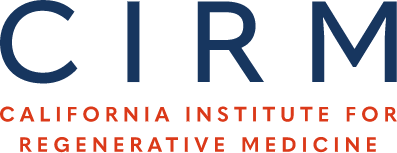This annual report describes the achievements of the California State University Long Beach (CSULB) regenerative medicine and stem cell research biotechnology training program during 2022-2023. This was the second year of the five-year (2021-2026) award from the California Institute for Regenerative Medicine (CIRM) to CSULB, and the fourteenth year of the program. Each year the components of this program are assessed and enhanced.
This program at CSULB trains exceptional and diverse students for career opportunities in the California regenerative medicine workforce, to accelerate the development of stem cell-based therapies to treat or cure patients with unmet medical needs. They are recruited from the ~2,000 students in the Departments of Chemistry and Biological Sciences at our large (~33,000 students) comprehensive urban university, and qualified students from other institutions. CSULB, a predominantly undergraduate institution at which more than 95% of the students are Californians with more than 70% from underserved/underrepresented populations, has been designated a Hispanic Serving, and an Asian American, Native American, Pacific Islander Serving Institution. These students reflect the ethnic mosaic of the local communities, enrich the scientific enterprise with their unique perspectives, and educate their communities by sharing the knowledge and experience they gain in this training program.
The students enroll in the two-year stem cell track of the CSULB post-baccalaureate Biotechnology Certificate Program. The first year consists of courses and research experience at CSULB. Required coursework includes biotechnology, stem cell biology, drug development and the regulatory pathway, and bioethics. In the second year, ten students selected as interns perform full-time research in one of over thirty regenerative medicine laboratories at Cedars-Sinai, City of Hope, and UC Irvine. Extensive mentoring, advising, and workshops throughout and after the program ensure successful academic and career placement for current participants and alumni. This program has a history of successfully training students for graduate study and for the California workforce.
All the interns also engaged in activities designed to engender in them an understanding and appreciation of the perspectives and experiences of patients with unmet medical needs and the urgency of accelerating the development of therapies. Some of these activities included electronic engagement during a workshop with a wheelchair bound spinal cord injury patient and advocate from the Long Beach Veterans Administration Health Care System, and patent advocacy exercises. Many of the interns also participated in shadowing and volunteering at local hospitals and medical centers.
All of the CSULB stem cell interns also participated in various community outreach and education activities. On-campus outreach activities included creating video presentations which were used for a workshop about regenerative medicine, stem cell research, and the internship. This workshop concluded with the interns participating in panel discussions via zoom. Other activities included virtual presentations for pre-health professionals’ classes, science majors’ classes, and adult education classes at two local community colleges. These activities could initiate a life-long interest in advances of regenerative medicine. This may have a significant impact on our society given the role of the voting population in funding and promoting advanced technologies.
The program’s success is demonstrated by the nearly 100% of prior interns offered positions for further study or employment in the regenerative medicine healthcare biotechnology workforce. Many of these students are currently employed in California as research technicians, others have continued their studies in M.S., Ph.D. and postdoctoral, or health professions programs (M.D., residency, nursing, pharmacy), some have completed advanced degrees and are now Ph.D./M.D. level scientists and health professionals (doctors, nurses, pharmacists, etc.), and a few are teaching science. During the internship the students are involved in a variety of research projects including exploring cures for lung disease, cancer, Alzheimer’s disease, retinal degeneration, spinal cord and traumatic brain injury, and basic research in regenerative medicine. Their research as interns has contributed to many scientific publications and clinical trials. The CIRM-funded regenerative medicine and stem cell research biotechnology training program generates highly technically trained individuals who will enhance future biomedical research in California.



